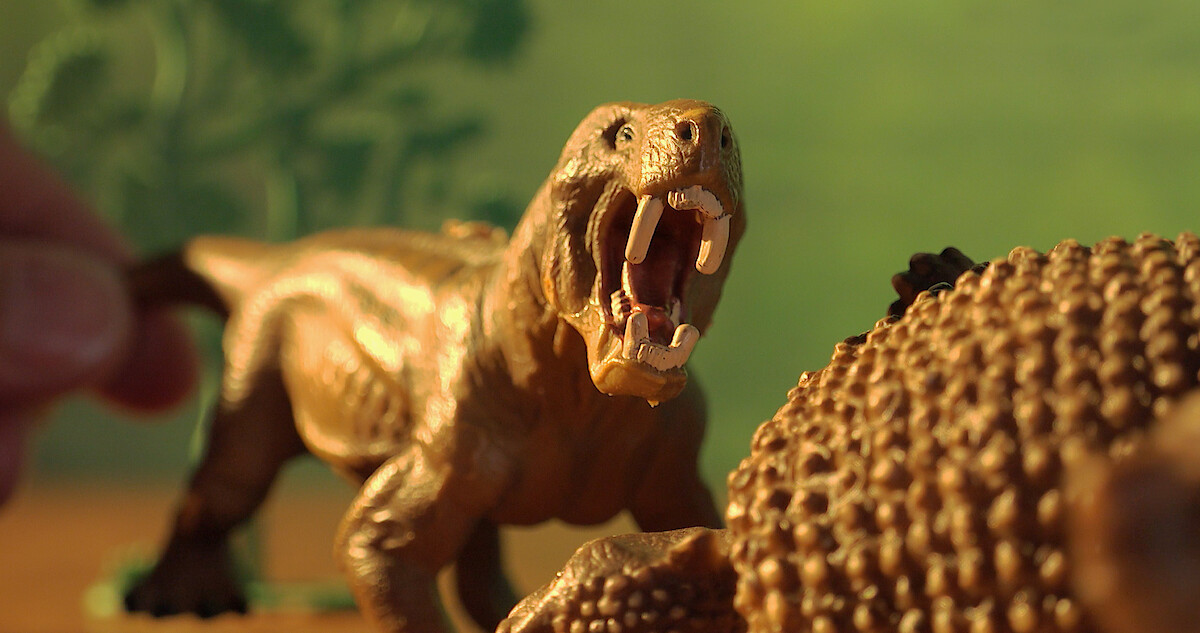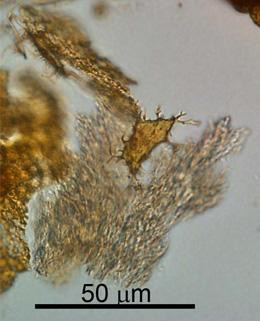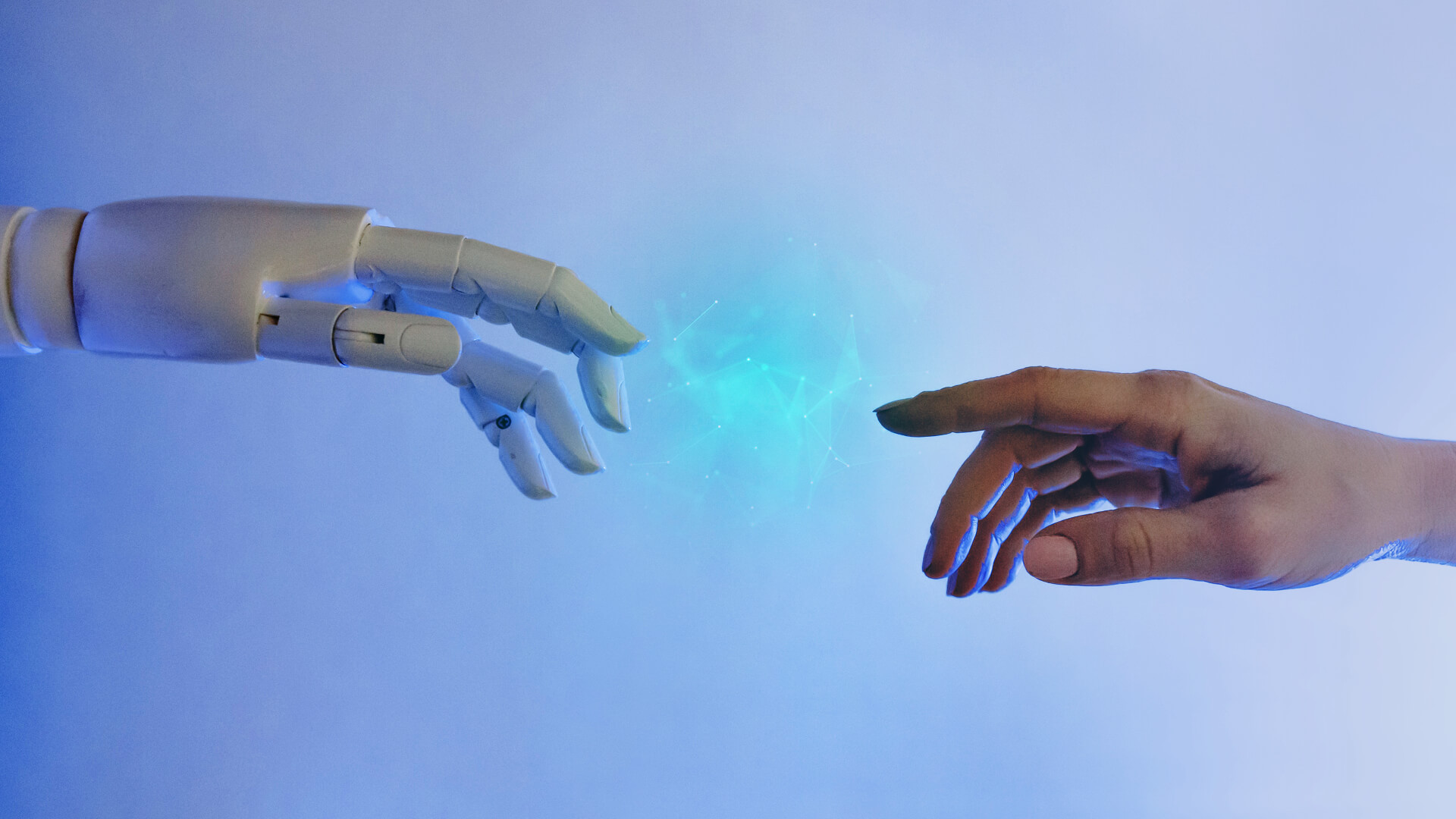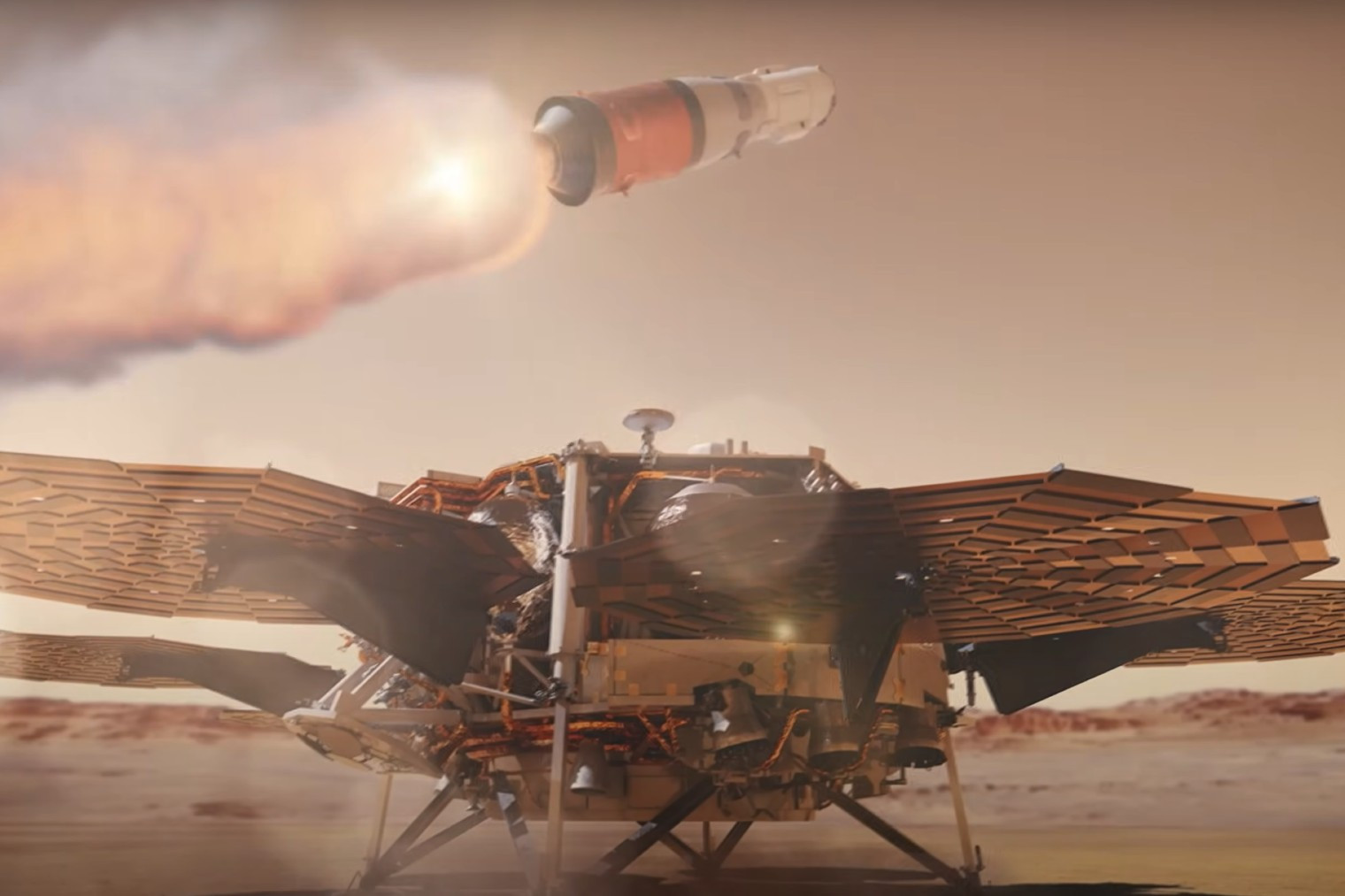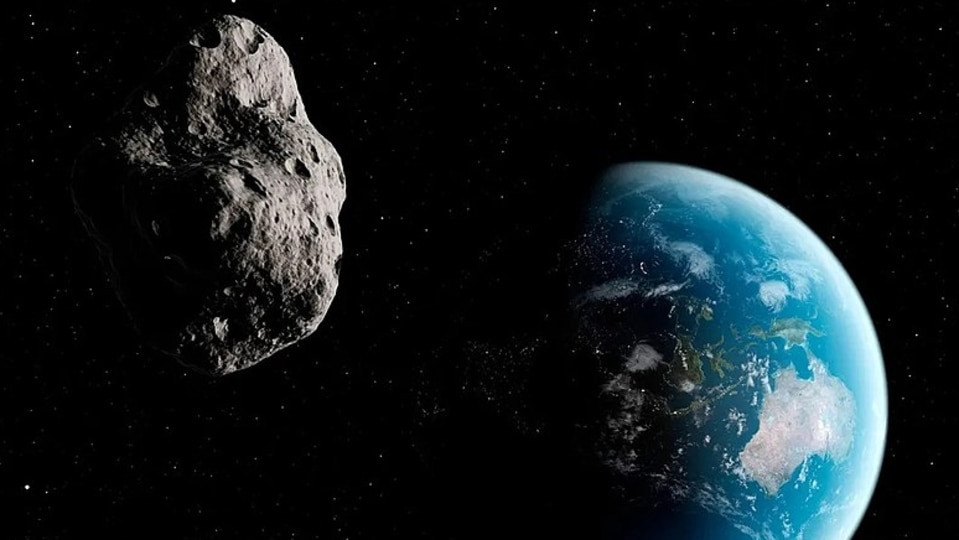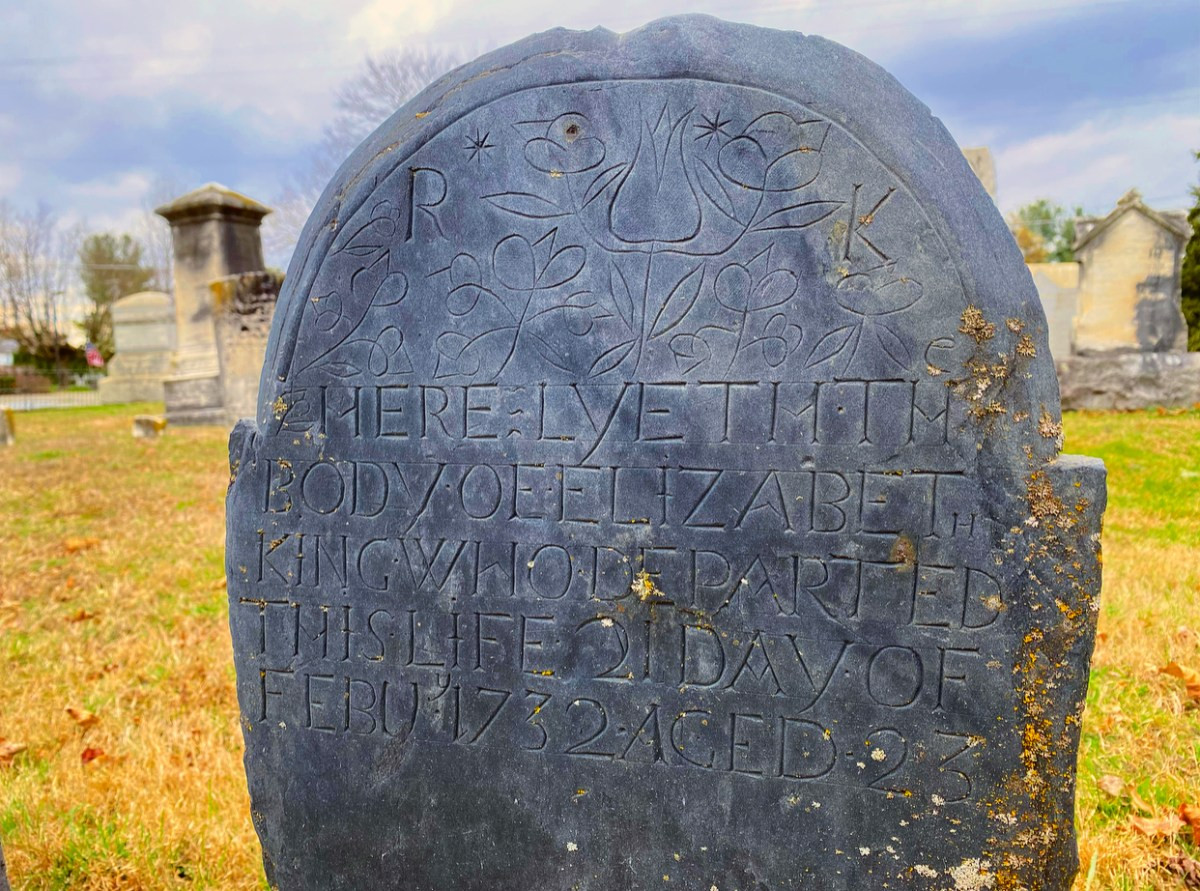Dinosaur fossils have revealed an astonishing discovery – collagen, the protein found in bones, skin, muscles, and ligaments, has been detected in specimens as old as 195 million years. This far exceeds the expected half-life of peptide bonds, which usually break down within 500 years.
Such a remarkable finding challenges long-held assumptions about how biological materials degrade over time. Typically, proteins are some of the first components to disappear from fossils, leaving behind only hard minerals like bone.
Yet, in the case of these ancient dinosaurs, collagen has somehow persisted, offering scientists a unique opportunity to explore molecular preservation in an entirely new way.
The Mystery of Collagen's Resilience
A recent study from the Massachusetts Institute of Technology (MIT) explains how collagen can survive far beyond its expected lifespan. The researchers uncovered a special atomic-level interaction that defends collagen from water molecule attacks, forming a barricade that prevents peptide bonds from being broken through hydrolysis.
“We provide evidence that that interaction prevents water from attacking the peptide bonds and cleaving them. That just flies in the face of what happens with a normal peptide bond, which has a half-life of only 500 years,” explained Professor Raines.
Collagen's Unique Structure Collagen is essential to biological structures, particularly due to its tough, fibrous composition. Made of long, intertwined protein strands forming a triple helix, collagen is remarkably stable.
“Collagen is the scaffold that holds us together,” said Professor Raines. “What makes the collagen protein so stable, and such a good choice for this scaffold, is that unlike most proteins, it’s fibrous.”
Evidence of collagen has even been found in dinosaur fossils, including an 80-million-year-old Tyrannosaurus rex fossil and a nearly 200-million-year-old sauropodomorph fossil.
The Key to Collagen's Longevity Collagen’s peptide bonds, formed between carbon and nitrogen atoms, are resistant to hydrolysis because of their structure. These bonds also include a double bond with oxygen, creating a molecular structure known as a carbonyl group.
The carbonyl oxygen can share its unbonded electrons with the neighboring peptide bond, preventing water from disrupting the structure.
To test this, the team created two collagen mimics. One mimic formed the triple helix (trans), while the other had rotated peptide bonds (cis). The researchers found that water could infiltrate and disrupt the cis form, while the trans form resisted water damage.
“A peptide bond is either cis or trans, and we can change the cis to trans ratio. By doing that, we can mimic the natural state of collagen or create an unprotected peptide bond. And we saw that when it was unprotected, it was not long for the world,” noted Professor Raines.
No Weak Links Unlike other proteins, collagen is composed entirely of triple helices, with no weak links. “Collagen is all triple helices, from one end to the other. There’s no weak link, and that’s why I think it has survived,” said Professor Raines.
While other hypotheses suggest dehydration or other factors may contribute to collagen’s longevity, the MIT research points to the unique molecular protection as a key factor.
“I can’t discount the contributions from other factors, but 200 million years is a long time, and I think you need something at the molecular level, at the atomic level in order to explain it,” noted Raines.
Implications for Science The discovery of dinosaur collagen and its ability to survive for hundreds of millions of years opens new doors in the study of protein preservation and fossilization. These findings could revolutionize how scientists approach the study of ancient life, enabling more accurate reconstructions of prehistoric biology.
Furthermore, in fields such as paleobiology and biotechnology, understanding how proteins withstand degradation over time can inspire new technologies and applications. As researchers continue to explore the intricacies of collagen, the mysteries of how ancient proteins defy time could lead to broader scientific breakthroughs that span multiple disciplines, from archaeology to bioengineering.
The study is published in the journal ACS Central Science.
A Closer Look at the Science Behind Collagen's Resilience The MIT researchers’ findings offer a compelling explanation for collagen’s remarkable longevity. Their study highlights the crucial role of molecular structure in determining the stability of biological materials. Understanding this mechanism could lead to the development of new materials with exceptional durability, paving the way for innovations in fields ranging from biomedicine to engineering.
Unraveling the Mystery This research sheds light on the intricate interplay of molecular forces and environmental conditions in the preservation of ancient proteins. By understanding the delicate balance that allows collagen to endure for millions of years, scientists are gaining invaluable insights into the fundamental principles governing the stability of biological systems.
The enduring legacy of dinosaur collagen underscores the power of scientific inquiry to unlock the secrets of the past and inspire advancements in the future.




